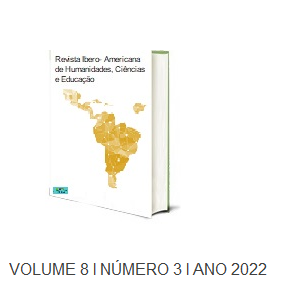USE OF ANTIBIOTICS IN HOSPITALIZED ELDERLY
DOI:
https://doi.org/10.51891/rease.v8i3.4642Keywords:
Development. Antimicrobials. Elderly. Microorganisms. Progress. Bacterial resistance.Abstract
The pharmaceutical professional, when working in a hospital unit and participating in the treatment of elderly patients regarding antimicrobial medications, aims to demonstrate a development on the use of antimicrobials in hospitalized elderly, making a deep analysis of the medical records and characteristics of elderly patients. For a long time, new chemical substances were created to combat microorganisms without affecting the health of the host. The first antibiotic synthesized was used to treat syphilis. However, little progress has been made in 20 years in antimicrobials, and this creates a major problem, as it contributes to the generation of bacterial resistance, especially in hospitals and especially in elderly patients thanks to their fragility. Because this fragility is caused by chronic diseases, and also difficulties in supporting different therapeutic procedures, there is a difficulty in prescribing effective antimicrobial drugs for them. When the elderly person is in this environment, they have a resistance to starting certain types of treatments, so hospital care only happens when there is no way to keep them at home.
Downloads
Downloads
Published
How to Cite
Issue
Section
Categories
License
Atribuição CC BY

